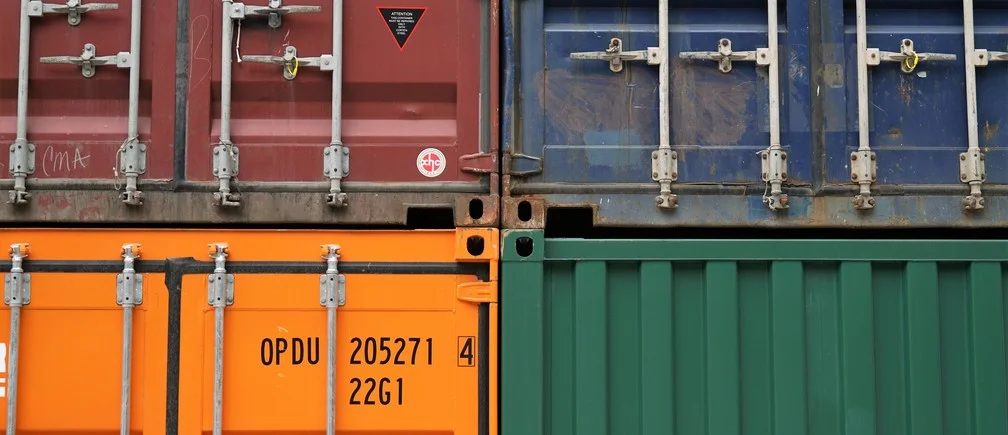Read what CEO and Founder Chris Thibedeau has to say about data, analytics and frameworks that are crucial for the strategic, operational, and tactical decision-making by officers at the border.
———————————————————————————————————————————————
“As a vendor who designs and deploys border processing systems, we have seen many Customs and border administrations make significant investments towards optimizing and modernizing their border processing capabilities and methodologies in an effort to meet the demands of today’s fast-paced international trade environment.”
“Some administrations build, for example, Single Window environments with automated control mechanisms for licences, permits, certificates and other documentation (LPCO) required by other government agencies (OGAs). But while this can help reduce release times and promote trade facilitation, the other key variable involves the introduction of an effective risk management regime.”
SELECTIVITY IS KEY
“The landscape of risk management technology solutions for Customs administrations varies widely. In some instances, we find smaller economies and lower GDP nations not using risk-based decision making at the border”…(read more)










